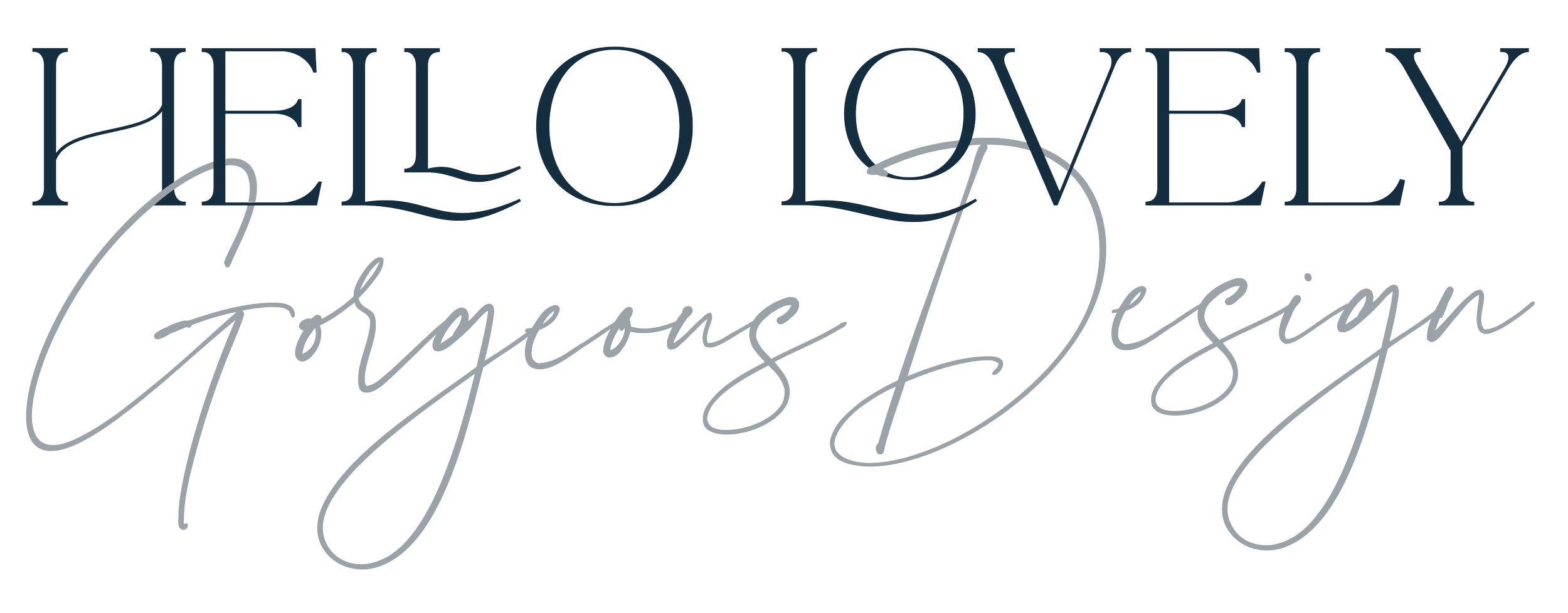Book design and publishing: illegal
Keeping legal and being on the right side of complicated copyright law is a continual worry for writers, publishers... Anyone who creates original work or needs to obtain other work to complete the project such as images or text extracts should be aware of copyright but the laws around the world are all complex and vary from country to country. Here's a few tips based on Hello Lovely's experience.
You can't protect your idea legally. So your amazing plot line with the superb twist can be used by another author. Let's face it, Shakespeare, Austen and all the great creators took inspiration from others. The Keep Calm poster... copied and bastardised all over the world and on Pinterest.
Your manuscript is your copyright. You don't need to sign any legal documents.
Just because an image is on the internet, it's not yours to steal for your cover or to use anywhere else in a book. The image you've fallen for should be credited so you can seek the photographer and ask for permission to use. Alternatively use a BAPLA registered photo library for an alternative source or an approved free image resource like Unsplash or Pixabay.
Standard publishing contracts secure copyright for you if you're fortunate to be approached by a publishing house. There's rarely any catch at all if the publisher has a strong backlist. At this stage there's no real point hiring lawyers if it all looks sensible to you. If you are uncertain then consider that publishing isn't the best way to make a quick monetary win and agents have professional integrity to consider.
Extracts from other books need careful handling, There are fair use policies for most publishers but text permissions can be seen as a licence to print money. It's better not to include them at all unless you have the budget to pay for permission to use them.
Beware that photos, illustrations and videos often have different rights and therefore copyright. If you've got your heart set on a photo of a ferret for your cover, then check with the image library or the photographer that you can use the ferret photo in your marketing material.
Photos of humans require model release forms. All good photographers will know what they are.
Try not be suspicious if the designer, illustrator or photographer assigns copyright with a clause that permits them to use the work in their promotions. It's standard practice and it's all extra publicity.
Takeaway
Copyright can seem like a mystery but it's really all about asking for permission. One of the best resources for information is COPE.
Photo: Nate Bell, Unsplash.com
